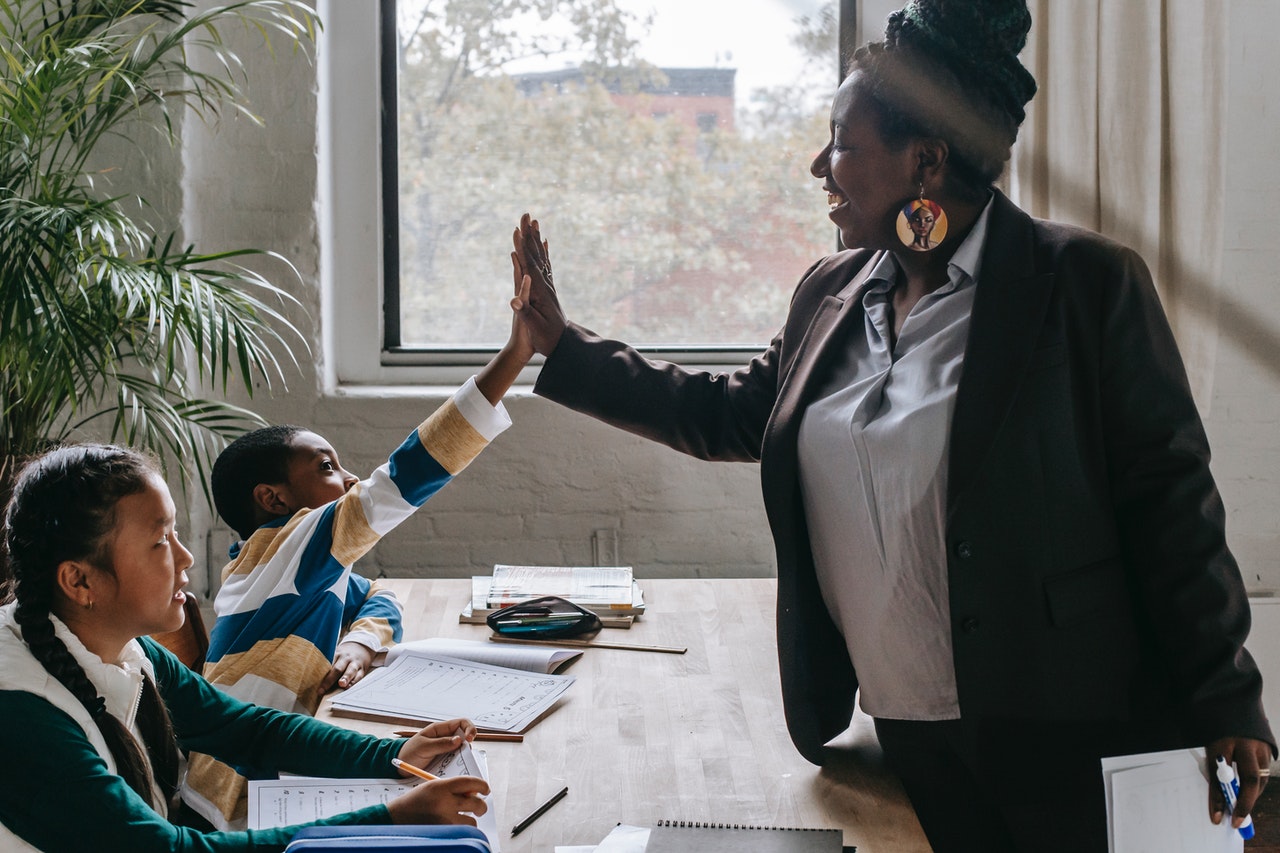In 2010 the UK government brought in a piece of legislation to legally protect people from discrimination in the workplace and society as a whole. These characteristics are protected by the Equality and Diversity Act:
- Age
- Gender
- Marriage or civil partnership status
- Pregnancy or having children
- Physical and mental disabilities
- Race or nationality
- Religion
- Sex
- Sexual orientation
When children enter formal education they come into contact with other children from cultures, religions, and backgrounds that are different to their own. It’s the responsibility of teachers as role models to educate children on diversity between their peers and in society to champion and celebrate inclusivity.
Here we’ll take a look at ways to get children excited to learn about each other and some useful resources to explain diversity to children in ways they can relate to.
Activities to celebrate diversity and inclusivity
Themed weeks
As children in your class or school settle and get used to their peers they will begin to learn about multiculturalism. Arranging themed weeks or days to celebrate different cultures is an exciting way to let students explore differences or explain their own lives at home. During these weeks, teachers could bring in special foods, objects, and clothes for students to interact with. Watching videos, listening to music and special activities would also help children understand the culture. Themed weeks or days don’t need to stop at race, religion or nationality, how about disability themes too?
While children are immersed in each cultural theme you might want to give them some activities and games that get them thinking independently about what they’ve discovered. Our World Religion Thinking Cards have questions and activity on each about different religions around the world. Our Multicultural Card Bodies allow children to customise silhouettes of different skin tones to show the things they have learned.

Springboard Supplies Multicultural Card Bodies
Include the news and current events
Equality and diversity are issues that often arise in current affairs, and encouraging children to think about these real-world examples is a great method of preparing them to approach more complex topics. Getting children interested in the news will help them to consider what they hear on the TV at home too, potentially bringing out discussion with adults outside of the classroom to broaden their perspectives.
In school, you could pick a story in the news and ask the students some questions on how they feel about the outcomes. Facility debate by arranging the class into two groups and tasking one group to defend the situation, and the other to challenge it. This will stimulate thinking about the news story from many perspectives, and encourage children to question what they hear on the news rather than just taking it in. Encourage children to keep developing a curious and independent way of thinking through rewards for their efforts that other members in the class can see.

Springboard Supplies A5 Pupil Star Charts
Facts
Children might naturally gravitate towards stereotypes that exist in society. A good way to have them think about things differently is to have them answer questions about different stereotypes based on facts. For example. You could give children a list of different toys or professions and ask them to say whether it is a man or woman’s job or a boy or girl’s toy. Then ask the children to think of facts that back this up “why can’t a man do this job?” or “why shouldn’t a girl play with this toy?” Ask them whether these stereotypes are fair and if they should exist.
Have children then consider their own identity. What are their likes and dislikes? Ask them whether other boys or girls might feel the same way or differently and why. Use an activity like the All About Me Book to get children to create a story about their own identity and then invite them to swap or share their work around.

Springboard Supplies All About Me Book
Teaching Equality and Diversity: Free Resources
Equaliteach is a non-profit organisation committed to providing public access to training and resources on equality and diversity, created in collaboration with industry experts.
Resources on the Equaliteach website are split up by topics such as racism, gender equality, bullying, religious equality, and disabilities, making it easy for teachers to pick and choose resources that fit within their lesson plans. In each of these sections, teachers will find blogs, activities, videos, workshops, tutorials and books that can be used to supplement lessons on equality and diversity.
The Equality Human Rights Commission
For teachers looking for a more structured way to introduce children to equality and diversity, the Equality and Human Rights Commission has devised a 12 lesson plan covering actions and consequences, empathy, identity, diversity, prejudice, discrimination, and more topics. Students are taken through identifying their own feelings about prejudice and inequality, understanding human rights, and considering how people can be influenced by the media.
The course concludes with students brainstorming ways human rights benefit their own lives. Each lesson comes with an overview and objective, with links to teacher notes, activities, videos and presentations.
Barnardo’s Primary School Resource Pack
To get your school or class learning about diversity, inclusion and equality Barnardo’s has prepared a resource pack that covers these topics in a way KS1 and KS2 children can comprehend.
This pack includes ideas for assemblies, with steps to go through ideas like diversity, bullying, and respect. Through these assemblies, teachers will get children thinking about how these concepts apply to them and their peers. Lesson plans included support these themes too, and the pack also provides a terminology glossary and recommended reading list.

Barnardo’s Primary School Resource Pack
Equality and diversity are things we should always celebrate in society. Getting a child used to, and excited about their differences as positive interesting elements of their identities sets a fundamental foundation to allow them to thrive as a happy healthy individual.




